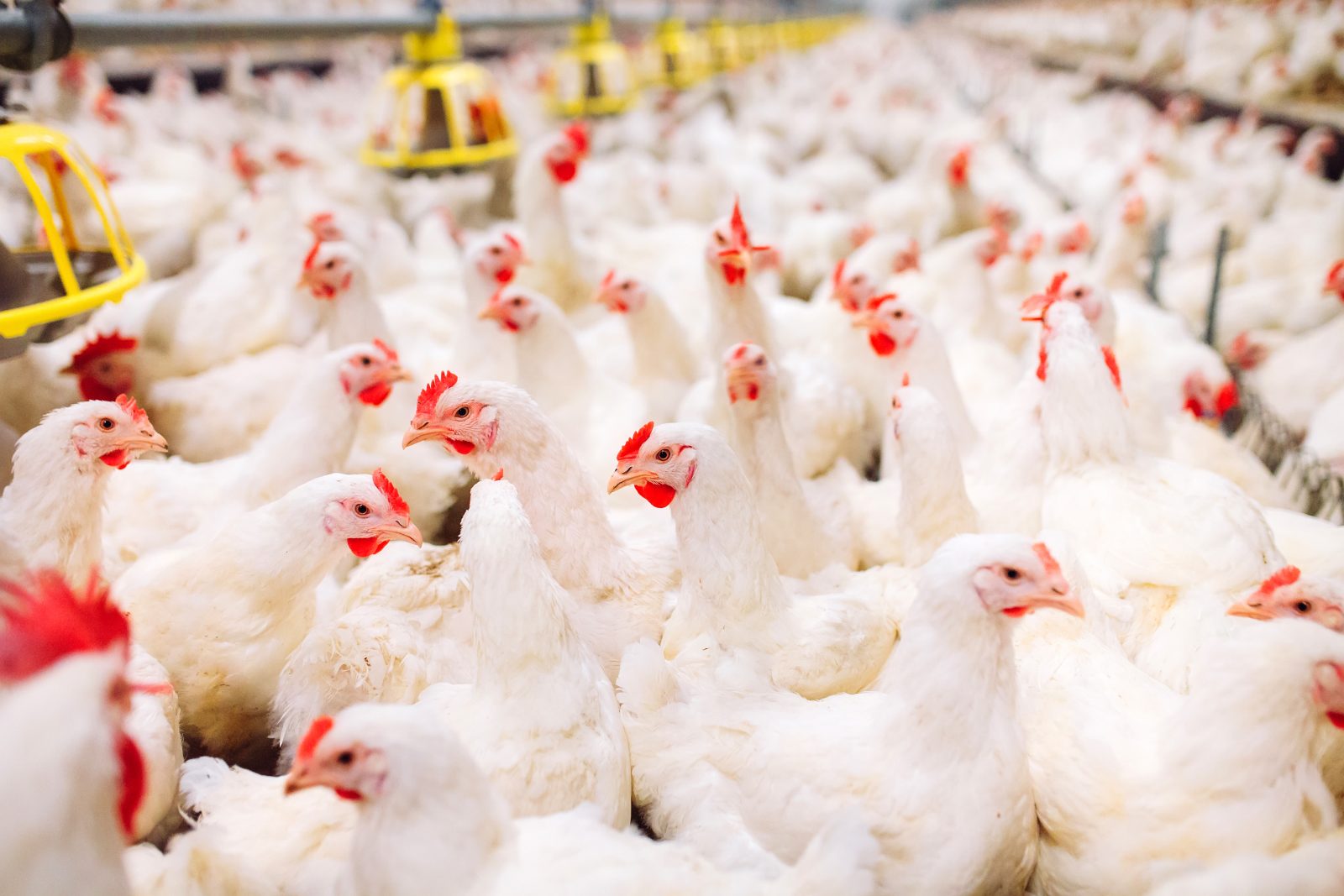
SCIO+ is a data science and analytics company specialized in converting customer’s food production data streams into profit streams, by analysing the past and the present, and predicting the future.
SCIO+ is developing computer vision-based products for broiler (meat chickens) production based on camera surveillance technology and machine learning (ML). The goal is to monitor various aspects of chicken behavior (eg. walking difficulties, sudden movements, and natural behavior) through camera technology to continuously track their welfare and improve production. The ideas behind this product has been matured through a series of research projects involving farms and universities to understand the business case and to mature the core computer vision and machine learning methods need when bringing the product to the market.
SCIO+ needed to deploy the solution through both SKOV A/S and Big Dutchman, two global agricultural companies and SCIO+ approached Trifork as a technology partner to create a scaleable, secure and structured solution needed to sell the solution on a global market.
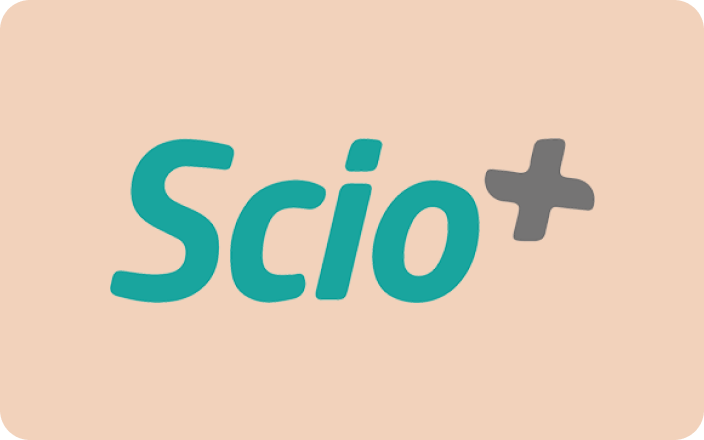
” We found Trifork to be the perfect partner who quickly understood the intricacies of our challenges and promptly created a Proof of Concept. Their demonstration of the benefits and suitability of the Azure IoT edge platform showcased a compelling business case for us to invest in. We were genuinely impressed by their exceptional expertise and problem-solving skills throughout the process.”
The computer vision methods developed by SCIO+ works on a large set of high-resolution video files which make it an obvious case for edge computing. With such a setup the need for transferring substantial amounts of data to the cloud is eliminated including the derived challenges such as cost, lag/delays in getting results back etc.
However, using edge computing raises a new set of challenges that need to be solved such as deployment of new ML models on the edge devices, general software update of the edge devices and onboarding and provisioning of new devices.
SCIO+ was thus in need of a scalable solution for the deployment of their product which made it easy to maintain existing units and roll it out to new customers.
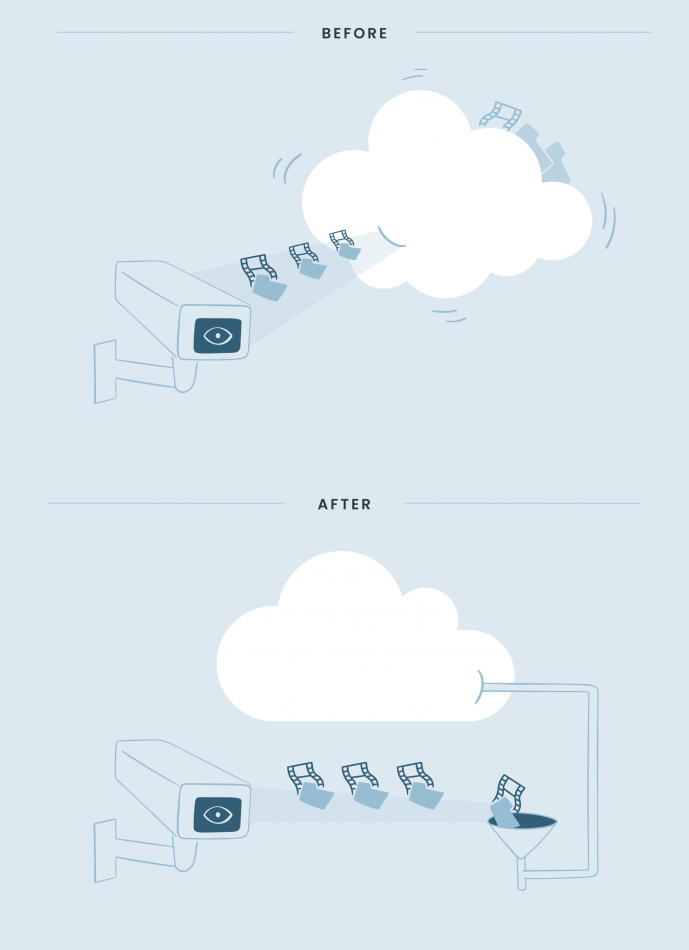
After a series of initial workshops to understand the problem, the first step was to develop a proof of concept (POC) to determine if the suggested platform, Azure IoT Edge, would be a good fit for the solution.
After proving that Azure IoT Edge was in fact a good and mature fit for the solution, development evolved into a Minimum Viable Product (MVP). The focus in this was two-fold. The first step was to repackage the existing solution to fit into the Azure IoT Edge platform, which involved containerizing the application, splitting it into smaller, more testable parts as well as reworking the communication between the containers to fit the new setup. An additional benefit of the new communication model was the ability to effectively integration-test each component of the application. The second part was to ensure that the development team had a development environment where they could focus on using their computer vision and data analytics skills to further develop the solution while at the same time being able to smoothly release new version through Azure IoT Edge.
A side effect of this process was the opportunity to split the necessary infrastructure from the primary computer vision functionality. This reduced the overall complexity of the solution and allowed each individual team member to work more efficiently within their area of expertise.
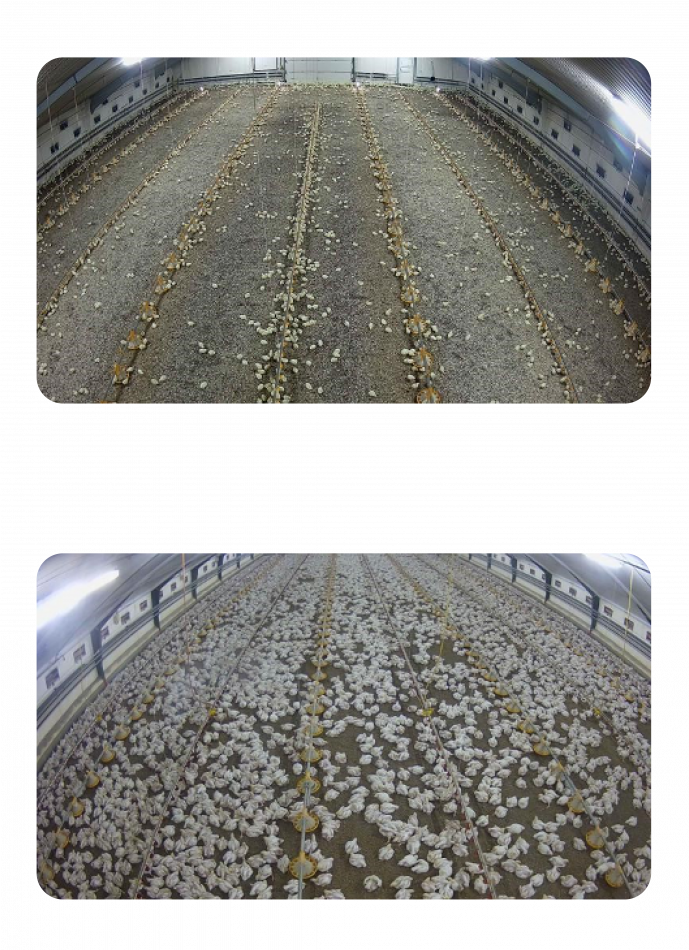
After working together, SCIO+ now has a setup that allows them to roll out their computer vision products on edge devices at their customers sites.
The process is simple and straightforward. To install a new device, the customer and device is registered in the backend. The service technician then picks up a device at the storage and goes to the customer site, plugs it in, inputs minimal configuration relating to the physical installation itself and when the device comes online it will automatically download and install the needed software and remaining configurations. The same is true if a device needs to be moved from one location to another.
In addition to this the development flow for the ML specialists and data analysts have been streamlined so it is easy to develop new versions of the software, including testing the new version on selected devices and eventually roll it out to the whole fleet of devices.
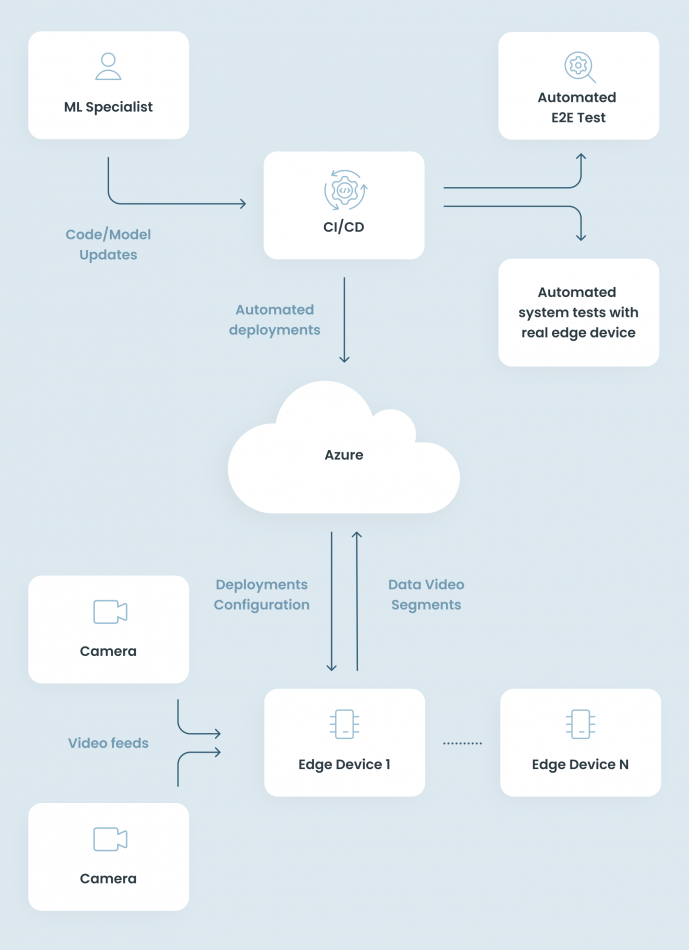
Subscribe
Find out the latest news first
Content